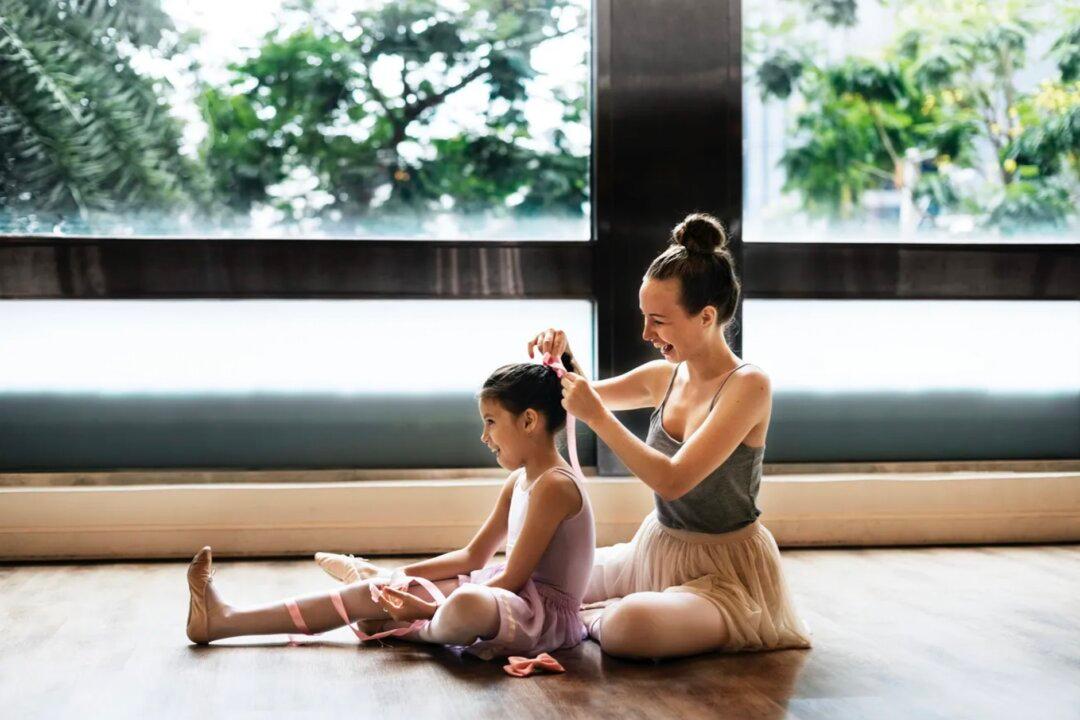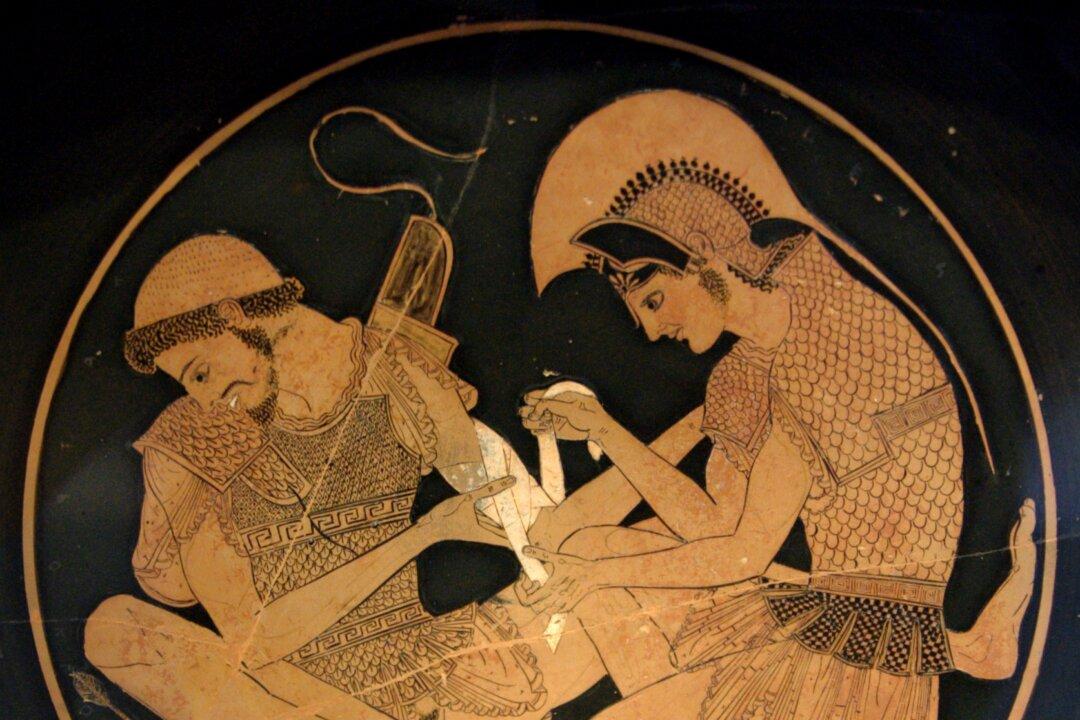Students in traditional, brick-and-mortar schools spend much of their time taking high-stakes tests. From kindergarten on, kids are pushed to be college-ready. Rigorous academic classes. Never-ending arrays of tests. Push, push, push.
But what if, instead of pressuring young people in the single-minded pursuit of academics, we encouraged them to balance their lives by taking arts classes like music, art, theater, and dance? Aside from learning some basic motor skills, what else can the arts teach?




